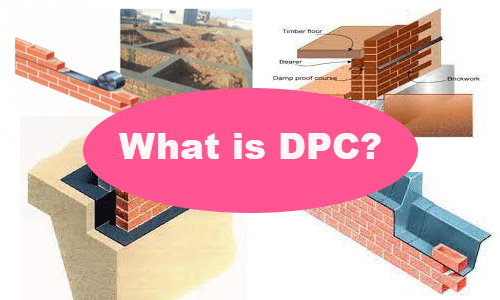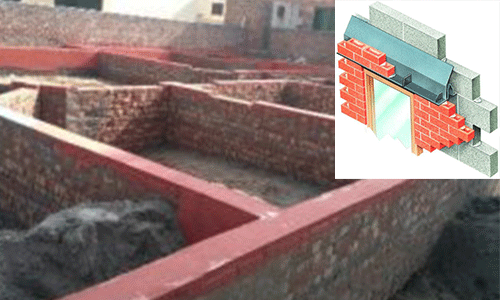When it involves buildings that are damage by water, there are three methods of repair an engineering consultant can use. These are either a membrane, cavity flashing or damp proof course (dpc). Undecided what any of those are? Read on to seek out out!
Membrane
A waterproofing membrane can be a skinny layer of watertight cloth that’s laid. Injects into or sprayed onto a surface to prevent water from passing thru. There are three differing kinds of membranes that may be use. These are sheet, liquid and injectable, which all achieve the identical outcome but through different applications.
A damp proof course (DPC) could be a horizontal barrier in an exceedingly wall design to resist moisture rising through the structure by surface tension . A phenomenon called rising damp. DPC or damp proofing is employee to prevent dampness in buildings. In theory, thanks to the capillary movement of water, water rises from the planet to the building.
Passing through the muse it rises higher to achieve the walls. If water reaches the partitions it must damage them by way of creating cracks, breaking cement-paint bonds and growing dark-spots at the wall and so on. So, to avoid water from progressing to the walls DPC is lay at plinth level (the joint level of the walls and therefore the foundations).
Cavity Flashings
This type of waterproofing method involves endless sheet of waterproofing material that’s installed across the gap of a wall. Cavity flashings line the length of a wall, diverting water out through weep holes, thus keeping the structural integrity of the building intact.
Damp Proof Courses (DPC)
And finally, Damp Proof Courses. DPCS are a layer of waterproof material within the wall of a building near the bottom, to stop rising damp. DPCS help to forestall excess moisture entering the building which successively prevents serious structural damage and issue like wet rot, dry rot, timber decay, rising damp and black mould.
And that’s it for answers to waterproofing issues inside your building. So now if an engineer involves inspect your building in response to water damage within your building you’ll know exactly what they’re talking about!


